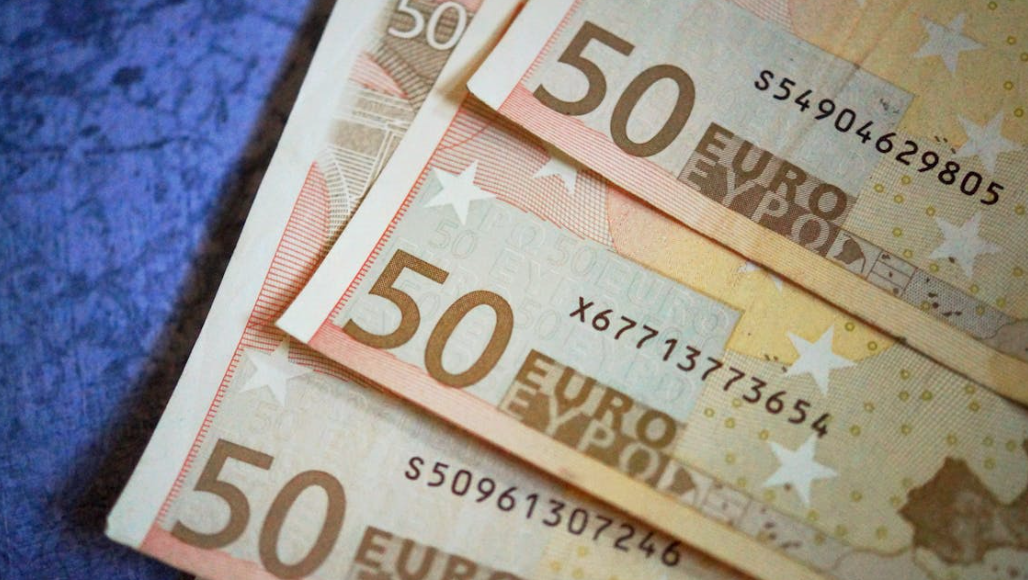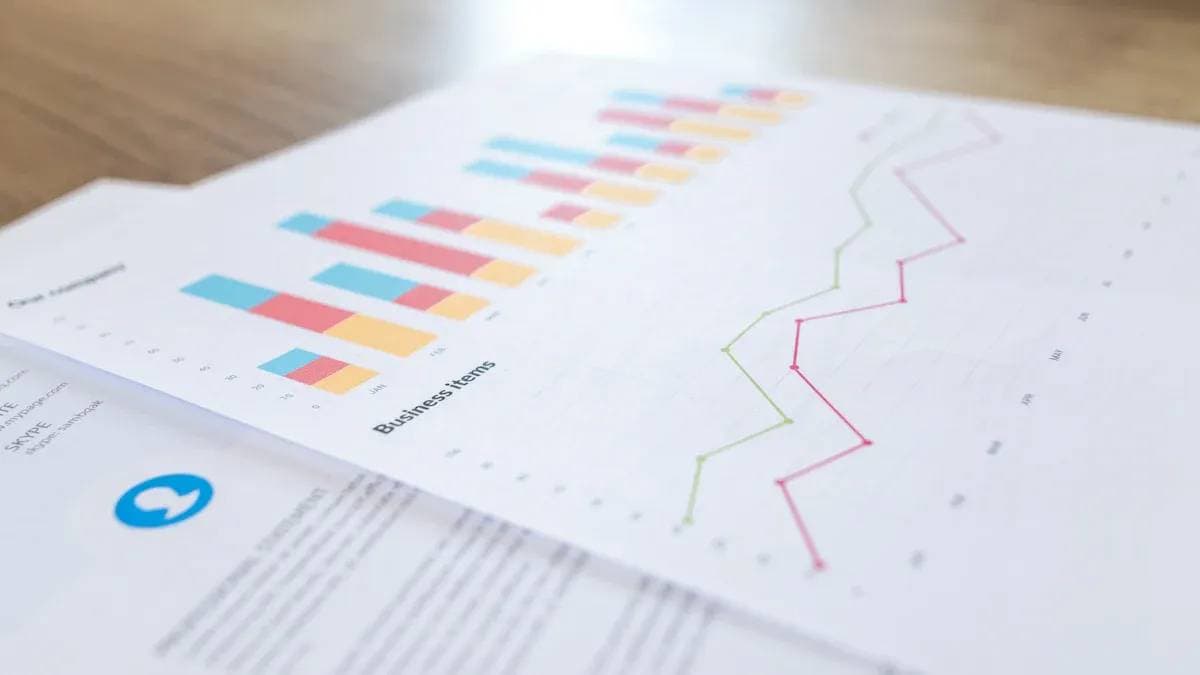- EasyCard
- Trade
- Help
- Announcement
- Academy
- SWIFT Code
- Iban Number
- Referral
- Customer Service
- Blog
- Creator
How to Use a Credit Card on Cash App? A Guide to Recharging, Transferring, and Security
Cash App is a convenient mobile payment tool that enables users to recharge and make payments using credit cards. However, Cash App has certain rules regarding credit card recharges, transfer amounts, and account security. Users need to be aware of the relevant policies to ensure smooth transactions.
This article will provide a detailed introduction on how to use a credit card on Cash App, covering recharge rules, transfer limits, security aspects, common questions, and how to handle transaction failures or refunds. If you hope to make the most of Cash App for payments or remittances, this article will help you avoid potential risks and improve the efficiency of fund utilization.

Are there any restrictions on recharging with a credit card on Cash App?
Cash App allows users to recharge with a credit card, and there is no minimum recharge amount. Users can choose to deposit any amount. However, although Cash App itself does not limit the recharge amount, the credit card company may set a cap on a single transaction. Therefore, if you plan to make a large recharge, it is advisable to contact the credit card company first to confirm the relevant transaction policies.
In addition, Cash App also sets limits on users’ transfer amounts:
- Before verifying your identity, you can send and receive a maximum of $1,000 within 30 consecutive days. The total account limit is $1,500.
- Your Cash App balance stores all the funds you receive or deposit into the account. If you have not verified your identity, your balance limit is $1,000. After verifying your identity, you will have an unlimited cash balance.
- For users who have completed identity verification: They can enjoy a higher transfer limit, but the specific amount depends on the account usage situation.
If you encounter a transaction failure during the recharging process, it may be due to the security policies of the credit card issuer. It is recommended to try changing the payment method or contact the bank to resolve the issue.
Can I use someone else’s credit card to recharge my Cash App?
Cash App does not allow users to use someone else’s credit card for recharging. This is to prevent fraudulent activities and ensure the security of the funds in the account. If you attempt to use someone else’s credit card for recharging, the transaction will be automatically rejected, and it may lead to the suspension or closure of the account.
The correct ways to recharge Cash App include:
- Recharge with your own credit card or debit card.
- Bind your own bank account and transfer directly from the bank to your Cash App account.
- Avoid using a third-party or someone else’s credit card for recharging to prevent triggering security warnings.
What are the common reasons for credit card recharge failures?
When adding funds to your Cash App account, if your credit card is rejected, it may be caused by the following reasons:
- Incorrect input of information: Please check whether the credit card number, expiration date, and CVV code are correct.
- Insufficient credit limit: If the available credit limit of the credit card is insufficient, the transaction may fail.
- Bank freezing of the account: If the bank detects a suspicious transaction, it may temporarily freeze the credit card, and you need to contact the bank to unfreeze it.
- Non-support from the issuing institution: Some credit cards (such as certain prepaid cards or international credit cards) may not be applicable for recharging on Cash App.
If your credit card recharge fails, it is recommended:
- Replace it with another credit card or use a debit card for recharging.
- Contact the bank to confirm the transaction restrictions and lift any possible security restrictions.
- Use the bank account bound to Cash App for direct deposit to avoid issues related to credit card limitations.
Is it safe to use a credit card on Cash App?
Cash App has implemented various security measures to ensure the security of users’ credit card information and transactions, including:
- Data encryption: All transactions are encrypted to prevent information leakage.
- Two-factor authentication: Cash App allows users to enable two-factor authentication, adding an extra layer of security.
- Manual monitoring and fraud prevention: Cash App will automatically detect suspicious transactions and issue warnings for possible fraudulent activities.
Although Cash App provides a high level of security protection, users still need to:
- Regularly monitor account activities to ensure that all transactions are authorized by themselves.
- Avoid making transactions on public Wi-Fi networks to reduce the risk of data leakage.
- Do not share Cash App login information with others to prevent the account from being hacked.
How to handle refunds for Cash App credit card transactions?
On Cash App, once a credit card transaction is completed, it cannot be directly cancelled. If a refund is needed, it is recommended to take the following approaches:
- Contact the payee and request them to refund the money voluntarily.
- If it involves a fraudulent transaction, you should immediately contact the credit card company to file a dispute (chargeback) and seek to recover the funds.
- If it is a wrong operation, you can contact Cash App customer service to apply for an account review.
It should be noted that Cash App does not provide a mandatory refund guarantee for all transactions. Therefore, users should carefully check the information when making transactions to avoid unnecessary losses.
Conclusion:
Cash App provides convenient credit card recharge and payment functions, but users need to pay attention to transfer limits, usage restrictions, and transaction security to ensure the smooth management of funds.
If you are looking for a more efficient payment method with no limits and support for most regions around the world, you can consider BiyaPay. BiyaPay uses the most efficient and secure local remittance methods, which can not only avoid the high fees of the SWIFT network but also provide faster fund arrival times, helping users manage cross-border fund flows more conveniently. For users with high-frequency transaction and international payment needs, BiyaPay is undoubtedly a choice worth considering.
*This article is provided for general information purposes and does not constitute legal, tax or other professional advice from BiyaPay or its subsidiaries and its affiliates, and it is not intended as a substitute for obtaining advice from a financial advisor or any other professional.
We make no representations, warranties or warranties, express or implied, as to the accuracy, completeness or timeliness of the contents of this publication.




Contact Us
Company and Team
BiyaPay Products
Customer Services
is a broker-dealer registered with the U.S. Securities and Exchange Commission (SEC) (No.: 802-127417), member of the Financial Industry Regulatory Authority (FINRA) (CRD: 325027), member of the Securities Investor Protection Corporation (SIPC), and regulated by FINRA and SEC.
registered with the US Financial Crimes Enforcement Network (FinCEN), as a Money Services Business (MSB), registration number: 31000218637349, and regulated by FinCEN.
registered as Financial Service Provider (FSP number: FSP1007221) in New Zealand, and is a member of the Financial Dispute Resolution Scheme, a New Zealand independent dispute resolution service provider.




















